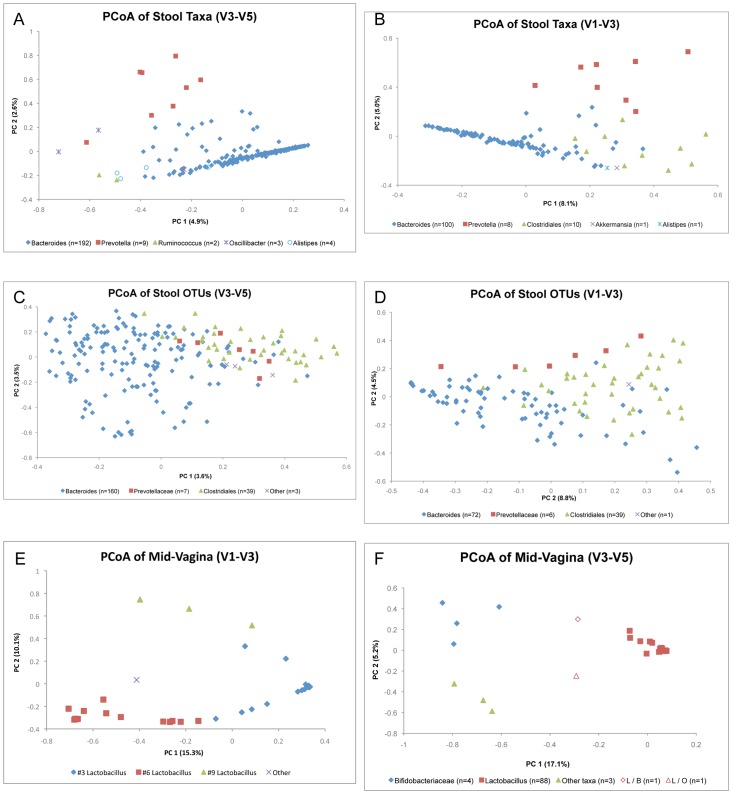Figure 5. PCoA of Biome Types in stool and vaginal midpoint samples.
Panels A and B are principle coordinates analyses of stool samples based on the RDP taxonomy and using Morisita-Horn distance. With the V3–V5 data, the Bacteroides-dominated subjects are segregated from both the Ruminococcus-dominated samples and the Prevotella-dominated samples. The Alistipes and Oscillibacter samples overlap with the other biome types. The Bacteroides and Clostridiales show greater overlap with the V1–V3 taxonomy (Panel B), while Prevotella is still segregated but not well separated. With both V3–V5 and V1–V3 data, the intra-biome type distances are as great as inter-biome type distances. At the OTU-level (Panels C and D) the Bacteroides and Clostridiales biome types have much greater overlap. The Prevotellaceae biome type has complete overlap with the other two biome types in the V3–V5 OTU data (Panel C) but mild segregation with V1–V3. At the OTU-level, the intra-biome type distances are greater than the inter-biome type distances. Panels E and F are the PCoA results for the mid-vagina samples, V3–V5 and V1–V3 respectively. The V3–V5 OTUs did not differentiate the Lactobacillus species, but show that while most subjects fall under the Lactobacillus-dominated type, there are also types dominated by either Bifidobacteriaceae or other taxa. The V1–V3 OTUs separated the subjects by Lactobacillus sub-types. Not all of the subjects classified as Bifidobacteriaceae with V3–V5 had corresponding samples large enough (>1000 tags) to be included in the V1–V3 plot and vice-versa.

